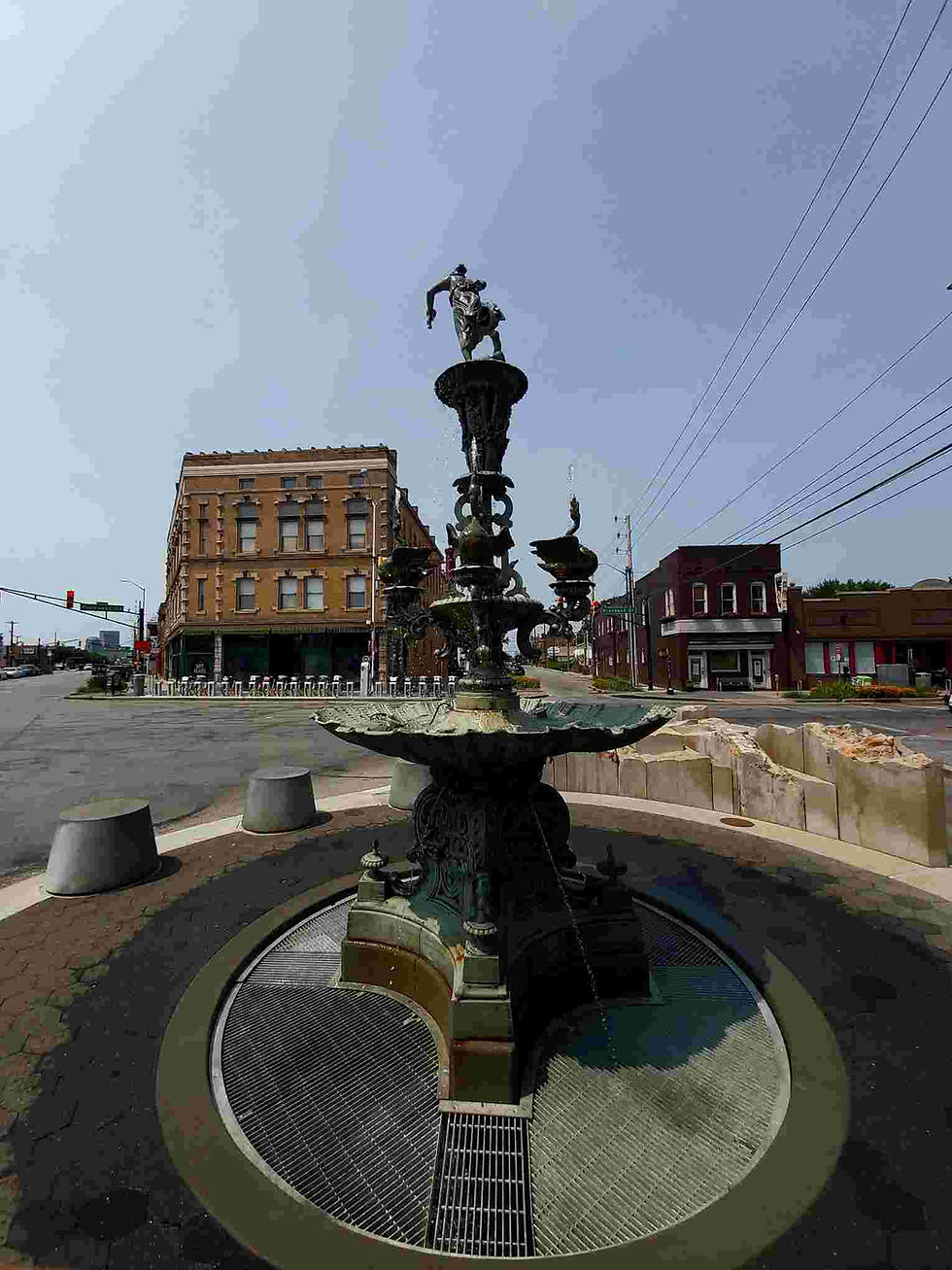India: Kathakali Dance
- Matthew P G

- Feb 21, 2023
- 2 min read

Kochi, February 2010
Kathakali is a major form of classical Indian dance. It is a "story play" genre of art, but one distinguished by the elaborately colorful make-up and costumes of the traditional male actor-dancers. It is native to the Malayalam-speaking southwestern region of Kerala and is almost entirely practiced and appreciated by Malayali people. Kathakali is one of the eight classical dances of India. Kathakali's roots are unclear. The fully developed style of Kathakali originated around the 17th century, but its roots are in the temple and folk arts, which are traceable to at least the 1st millennium CE. A Kathakali performance, like all classical dance arts of India, synthesizes music, vocal performers, choreography and hand and facial gestures together to express ideas. However, Kathakali differs in that it also incorporates movements from ancient Indian martial arts and athletic traditions of South India.) Kathakali also differs in that the structure and details of its art form developed in the courts and theatres of Hindu principalities, unlike other classical Indian dances which primarily developed in Hindu temples and monastic schools.
(Wikipedia)
When Brian and I were visiting Kochi, the Fort area (the old city where all the tourists flocked) had a variety of performances and experiences to indulge in. Since we had already tried out ayurvedic massages in Kovalam, we were up for something new. Kathakali is THE dance to see in Kerala and we went to see it performed by an ensemble that danced regularly in a nearby music hall. They were a professional dance troop and their polish showed it.
The tickets also allowed us to arrive early to watch the dancers get dressed and made up before the performance, but we passed on that. I had seen similar in Indonesia. I can't imagine how uncomfortable it would have been to dance in a hot theatre with all that heavy makeup on! It took over an hour to prepare before each performance and I am sure getting cleaned up afterward took an equal amount of time.
The performance was, as per usual, magical. In my mind, classical Indian dancing and its derivatives in Southeast Asia (notably Myanmar, Thailand, Cambodia, and Indonesia) are the best dancing on earth. I was a ballet fan until I saw Indian dance - then I just thought ballet was crude and loud (all those feet stamping!) Every time Brian and I had a chance to see classical Indian dance, we did. I never saw a bad performance. Not dancing with faces frozen in some fake, stoic smile (ballet). classical Indian dance is about highly stylized small movements (eyes and fingers and toes) accompanied by incredible feats of rhythmic gymnastics and flexibility.
I love Western classical music, but for dance - South Asian will always be the best for me!



Comments